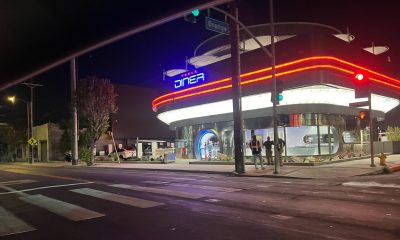Investor's Corner
Tesla releases Q2 results: Sets quarterly production record
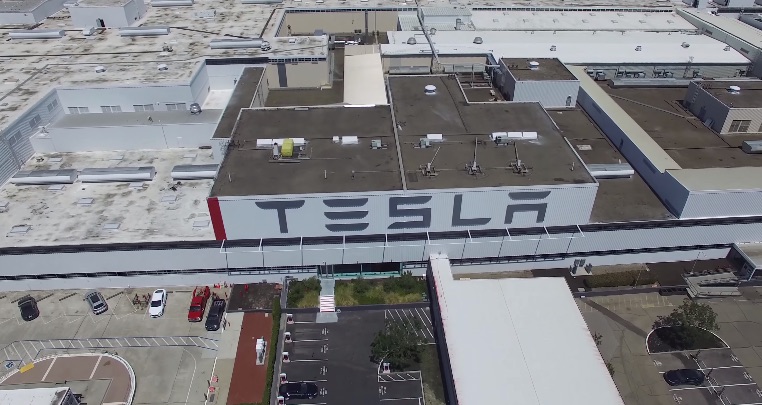
This is a quick cut of the main items from the shareholder letter outlining Tesla Q2 financial results:
Summary
- Completed Model 3 design phase
- Increased automotive gross margin on both Model S and Model X
- Exited Q2 consistently producing nearly 2,000 vehicles/week
- Production and demand on track to support 50,000 deliveries in 2H 2016
- Merger agreement to acquire SolarCity signed, subject to shareholder vote
Production
“In Q2, we delivered 14,402 new vehicles consisting of 9,764 Model S and 4,638 Model X, which was slightly higher than what we stated in our July announcement. Model S remains the market share leader in North America and Europe among all comparably priced four-door sedans, and Model X is quickly gaining ground against similarly priced SUVs in all regions.”
“We exited Q2 consistently producing nearly 2,000 vehicles per week and our total Q2 production of 18,345 vehicles constituted a new quarterly production record, up 18% from Q1 and up 43% from Q2 last year.”
These numbers are in line with the 14,370 new vehicles deliveries and the “just under 2,000 vehicles per week” reported in the July 3rd release. So nothing new here.
One good number is that “production hours per vehicle also declined throughout the quarter for both cars”, indicating the ability to continue to produce more cars per hour.
Gigafactory
“Gigafactory construction remains on target to support volume production of Model 3 in late 2017, and we recently accelerated construction to reach a rate of 35 GWh/year of cell production in 2018. This will allow us to meet the needs of our accelerated Model 3 production plan.”
Notice that the 35GWh/year of cell production is currently the total worldwide output.
Earnings
“Our Q2 GAAP net loss was $293 million or a $2.09 loss per share on 140 million basic shares, while our non-GAAP net loss was $150 million, or a $1.06 loss per basic share. Both figures include a $0.05 per basic share loss related mostly to losses from foreign currency transactions.”
According to MarketWatch, “Analysts polled by FactSet [expected] Tesla to report an adjusted loss of 59 cents a share in the second quarter. […] Estimize, which crowdsources estimates from analysts, fund managers, and academics, expected Tesla to report a loss of 54 cents a share, based on 379 estimates.”.
Loss is higher than anticipated. This number scared a few traders that bid the stock lower to 217 in after hours trading, but the stock quickly retraced back to 228, higher than the daily close. For a company like Tesla, where the price is based on future expectations, the earning numbers are really not what counts.
Revenue
Total Q2 GAAP revenue was $1.3 billion, while non-GAAP revenue was $1.6 billion for the quarter, up 31% from a year ago. Total Q2 gross margin was 21.6% on a GAAP basis and 20.8% on a non-GAAP basis.
Also according to MarketWatch, “FactSet analysts [were] expecting sales to reach $1.63 billion in the quarter, compared with $1.20 billion in the second quarter of 2015. […] Estimize [was] expecting sales of $1.55 billion.”
Revenue is pretty much matching expectations, and this will be seen positively by Wall Street.
Gross Margins
“Q2 Automotive gross margin was 23.1% on a GAAP basis. On a non-GAAP basis, gross margin excluding ZEV credits increased over 200 basis points from Q1 to 21.9%. We recognized an insignificant amount of ZEV credit revenue in Q2. The strong sequential gross margin increase was primarily due to improved manufacturing for Model X and favorable pricing for Model S. Our warranty accrual rates on new vehicles were generally consistent with Q1.”
Another good number that Wall Street likes a lot: increasing gross margins!
“We delivered fewer cars in Q2 than originally planned as a result of our steep production ramp, which resulted in almost half of Q2 production occurring in the final four weeks of the quarter. Given inflection points in the production ramp and firm shipping cutoffs, shifting production by even a short period of time had a disproportionate impact on the number of cars that were delivered by quarter end.”
This is also nothing new as it was originally disclosed in the July 3rd release.
Services
“Q2 Services and other revenue was $88 million, up 15% from a year ago but down sequentially. The decline was primarily due to having fewer pre-owned cars to sell because of the need to use them to expand our service loaner fleet. Q2 Service and other gross margin was 2.5%, down from 4.7% in Q1, but generally in line with our expectations.”
Stores
“We are also accelerating store openings and plan to add a new retail location every four days on average during the remainder of Q3 and through Q4. We are adding stores in new population-dense markets like Taipei, Seoul, and Mexico City, while also adding stores in our most mature markets like California.”
That is about 45 new stores by the end of the year.
Outlook
“Production and demand are on track to support deliveries of approximately 50,000 new Model S and Model X vehicles during the second half of 2016.”
Given the Q1 and Q2 reported deliveries, the 2016 deliveries are now slated to be around 79,000, pretty close to the bottom of the previously reported 80,000 to 90,000 range.
“Vehicle production efficiency is improving rapidly and we are now increasing our weekly production rate even further. Barring any further supply constraints, we plan to exit Q3 with a steady production rate of 2,200 vehicles per week, and plan to increase production to 2,400 vehicles per week in Q4.”
“Despite the disciplined pace of capital spending in the first half of this year, we still expect to invest about $2.25 billion in capital expenditures in 2016, in support of our accelerated production plan for Model 3.”
What is not there
Surprisingly there is nothing in the letter about the pending $2.6 billion SolarCity acquisition.
Full Q2 Results
From the Tesla Q2 Shareholder Letter.
Initial Market Reaction
$TSLA stock immediately dropped to $217 right after the close of regular market trading, but after about an hour of extended hours trading it was back to the previous daily close of $225.30, indicating that we should not expect much fireworks when the stock market reopens on Thursday.
Wall Street seems relieved that the weekly production numbers are in line with expectations, and that the corresponding “production ramp” is still in play.
Investor's Corner
Tesla could save $2.5B by replacing 10% of staff with Optimus: Morgan Stanley
Jonas assigned each robot a net present value (NPV) of $200,000.
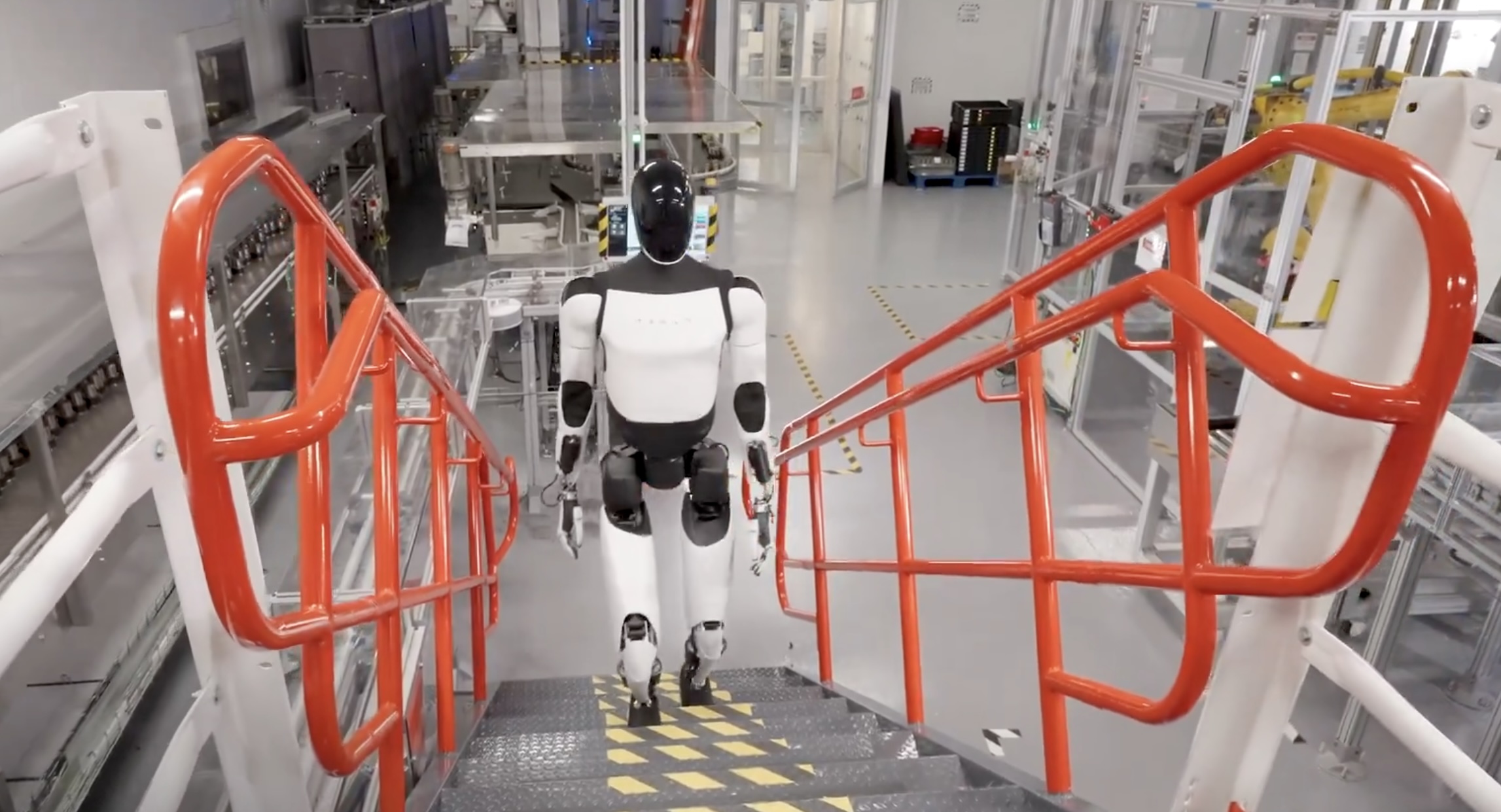
Tesla’s (NASDAQ:TSLA) near-term outlook may be clouded by political controversies and regulatory headwinds, but Morgan Stanley analyst Adam Jonas sees a glimmer of opportunity for the electric vehicle maker.
In a new note, the Morgan Stanley analyst estimated that Tesla could save $2.5 billion by replacing just 10% of its workforce with its Optimus robots, assigning each robot a net present value (NPV) of $200,000.
Morgan Stanley highlights Optimus’ savings potential
Jonas highlighted the potential savings on Tesla’s workforce of 125,665 employees in his note, suggesting that the utilization of Optimus robots could significantly reduce labor costs. The analyst’s note arrived shortly after Tesla reported Q2 2025 deliveries of 384,122 vehicles, which came close to Morgan Stanley’s estimate and slightly under the consensus of 385,086.
“Tesla has 125,665 employees worldwide (year-end 2024). On our calculations, a 10% substitution to humanoid at approximately ($200k NPV/humanoid) could be worth approximately $2.5bn,” Jonas wrote, as noted by Street Insider.
Jonas also issued some caution on Tesla Energy, whose battery storage deployments were flat year over year at 9.6 GWh. Morgan Stanley had expected Tesla Energy to post battery storage deployments of 14 GWh in the second quarter.
Musk’s political ambitions
The backdrop to Jonas’ note included Elon Musk’s involvement in U.S. politics. The Tesla CEO recently floated the idea of launching a new political party, following a poll on X that showed support for the idea. Though a widely circulated FEC filing was labeled false by Musk, the CEO does seem intent on establishing a third political party in the United States.
Jonas cautioned that Musk’s political efforts could divert attention and resources from Tesla’s core operations, adding near-term pressure on TSLA stock. “We believe investors should be prepared for further devotion of resources (financial, time/attention) in the direction of Mr. Musk’s political priorities which may add further near-term pressure to TSLA shares,” Jonas stated.
Investor's Corner
Two Tesla bulls share differing insights on Elon Musk, the Board, and politics
Two noted Tesla bulls have shared differing views on the recent activities of CEO Elon Musk and the company’s leadership.

Two noted Tesla (NASDAQ:TSLA) bulls have shared differing views on the recent activities of CEO Elon Musk and the company’s leadership.
While Wedbush analyst Dan Ives called on Tesla’s board to take concrete steps to ensure Musk remains focused on the EV maker, longtime Tesla supporter Cathie Wood of Ark Invest reaffirmed her confidence in the CEO and the company’s leadership.
Ives warns of distraction risk amid crucial growth phase
In a recent note, Ives stated that Tesla is at a critical point in its history, as the company is transitioning from an EV maker towards an entity that is more focused on autonomous driving and robotics. He then noted that the Board of Directors should “act now” and establish formal boundaries around Musk’s political activities, which could be a headwind on TSLA stock.
Ives laid out a three-point plan that he believes could ensure that the electric vehicle maker is led with proper leadership until the end of the decade. First off, the analyst noted that a new “incentive-driven pay package for Musk as CEO that increases his ownership of Tesla up to ~25% voting power” is necessary. He also stated that the Board should establish clear guidelines for how much time Musk must devote to Tesla operations in order to receive his compensation, and a dedicated oversight committee must be formed to monitor the CEO’s political activities.
Ives, however, highlighted that Tesla should move forward with Musk at its helm. “We urge the Board to act now and move the Tesla story forward with Musk as CEO,” he wrote, reiterating its Outperform rating on Tesla stock and $500 per share price target.
Tesla CEO Elon Musk has responded to Ives’ suggestions with a brief comment on X. “Shut up, Dan,” Musk wrote.
Cathie Wood reiterates trust in Musk and Tesla board
Meanwhile, Ark Investment Management founder Cathie Wood expressed little concern over Musk’s latest controversies. In an interview with Bloomberg Television, Wood said, “We do trust the board and the board’s instincts here and we stay out of politics.” She also noted that Ark has navigated Musk-related headlines since it first invested in Tesla.
Wood also pointed to Musk’s recent move to oversee Tesla’s sales operations in the U.S. and Europe as evidence of his renewed focus in the electric vehicle maker. “When he puts his mind on something, he usually gets the job done,” she said. “So I think he’s much less distracted now than he was, let’s say, in the White House 24/7,” she said.
TSLA stock is down roughly 25% year-to-date but has gained about 19% over the past 12 months, as noted in a StocksTwits report.
Investor's Corner
Cantor Fitzgerald maintains Tesla (TSLA) ‘Overweight’ rating amid Q2 2025 deliveries
Cantor Fitzgerald is holding firm on its bullish stance for the electric vehicle maker.

Cantor Fitzgerald is holding firm on its bullish stance for Tesla (NASDAQ: TSLA), reiterating its “Overweight” rating and $355 price target amidst the company’s release of its Q2 2025 vehicle delivery and production report.
Tesla delivered 384,122 vehicles in Q2 2025, falling below last year’s Q2 figure of 443,956 units. Despite softer demand in some countries in Europe and ongoing controversies surrounding CEO Elon Musk, the firm maintained its view that Tesla is a long-term growth story in the EV sector.
Tesla’s Q2 results
Among the 384,122 vehicles that Tesla delivered in the second quarter, 373,728 were Model 3 and Model Y. The remaining 10,394 units were attributed to the Model S, Model X, and Cybertruck. Production was largely flat year-over-year at 410,244 units.
In the energy division, Tesla deployed 9.6 GWh of energy storage in Q2, which was above last year’s 9.4 GWh. Overall, Tesla continues to hold a strong position with $95.7 billion in trailing twelve-month revenue and a 17.7% gross margin, as noted in a report from Investing.com.
Tesla’s stock is still volatile
Tesla’s market cap fell to $941 billion on Monday amid volatility that was likely caused in no small part by CEO Elon Musk’s political posts on X over the weekend. Musk has announced that he is forming the America Party to serve as a third option for voters in the United States, a decision that has earned the ire of U.S. President Donald Trump.
Despite Musk’s controversial nature, some analysts remain bullish on TSLA stock. Apart from Cantor Fitzgerald, Canaccord Genuity also reiterated its “Buy” rating on Tesla shares, with the firm highlighting the company’s positive Q2 vehicle deliveries, which exceeded its expectations by 24,000 units. Cannacord also noted that Tesla remains strong in several markets despite its year-over-year decline in deliveries.
-
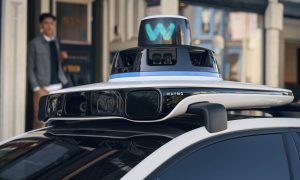
 Elon Musk1 day ago
Elon Musk1 day agoWaymo responds to Tesla’s Robotaxi expansion in Austin with bold statement
-
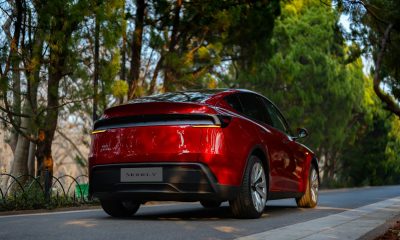
 News1 day ago
News1 day agoTesla exec hints at useful and potentially killer Model Y L feature
-
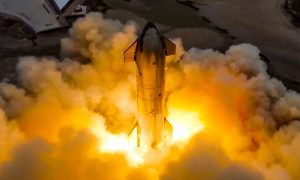
 Elon Musk2 days ago
Elon Musk2 days agoElon Musk reveals SpaceX’s target for Starship’s 10th launch
-

 Elon Musk3 days ago
Elon Musk3 days agoTesla ups Robotaxi fare price to another comical figure with service area expansion
-

 News1 day ago
News1 day agoTesla’s longer Model Y did not scale back requests for this vehicle type from fans
-

 News1 day ago
News1 day ago“Worthy of respect:” Six-seat Model Y L acknowledged by Tesla China’s biggest rivals
-

 News2 days ago
News2 days agoFirst glimpse of Tesla Model Y with six seats and extended wheelbase
-

 Elon Musk2 days ago
Elon Musk2 days agoElon Musk confirms Tesla is already rolling out a new feature for in-car Grok


